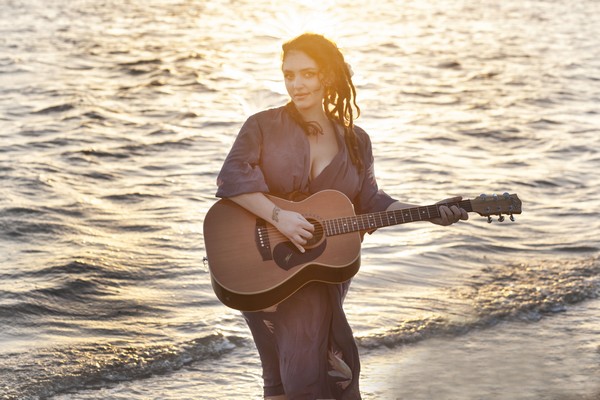The Dead Rats would eventually begat the Hard-Ons, one of Australia’s most ensuring – and successful – independent rock’n’roll acts. Black had known Hard-Ons’ original drummer and lead singer Keish de Silva “forever”, and Black knew bass player Ray Ahn “as the kid who did these crazy drawings” at Punchbowl High School, the school were de Silva, Ahn and Black attended in the ‘70s.
“He’d do the drawings in pencil and then spray them with hair spray to preserve them,” Black recollects. The Hard-Ons played their first gig at a school party; Black confesses the band “didn’t have a lot of songs – so we played the same set twice, some UK Subs and Radio Birdman covers as well.” The choice of band name was indicative of the band members’ puerile – and ironic – sense of humour.
“I don’t think we ever knowingly offended anyone,” Black says. “Even if people thought we were being sexist, we were basically taking the piss out of what was quite normal for kids of our age. We were sort of mocking how those kids portrayed themselves, not women. I think the people who did get offended we probably did want to be offended – I just have the feeling that the people who were offended by it would probably be Tony Abbott voters today.”
By the late ‘80s the Hard-Ons had evolved from a scrappy western suburbs garage band to cult international act, touring Europe on multiple occasions and attracting the attention of artists such as The Ramones (“Joey Ramone told us he played us on his radio show – that was a great honour”), Poison Idea and Henry Rollins (with whom the Hard-Ons collaborated on a cover of AC/DC’s Let There Be Rock).
When the Hard-Ons also found themselves caught up in the hastily conceived shotgun marriage between the mainstream music industry and independent sector that followed the release of Nirvana’s Nevermind, the seeds of the Hard-Ons’ initial break up in 1997 were sown.
“The three of us were really into the music, and not paying attention to anything else,” Black says. “But when it started to get bigger, we were being encouraged to do things a bit differently. With the record after Yummy, Too Far Gone, we started being told off for trying to sound different, turning up for photo shoots not looking a million bucks, we thought, ‘Fuckin’ hell, this is kind of shit’, and we ended up disbanding.”
But after a three-year hiatus the Hard-Ons reconvened. De Silva left the band in 2001, replaced initially by Pete Kostic (Front End Loader) and subsequently Murray Ruse. With the band showing no signs of stopping just yet – Black says the brutal assault he suffered while driving his taxi a couple of years ago has only increased his work ethic – the Hard-Ons (with de Silva as a special guest at each show) return to Melbourne this weekend to celebrate their 30-year anniversary.
In the ‘80s, the Hard-Ons were described as a cross between Motorhead and The Beach Boys. As the band approaches its own middle age, are the Hard-Ons closer to either band? Black ponders the question for a moment.
“Well we’ve changed our sound a lot over the years so we’re not like Motorhead,” he says. “And while Brian Wilson has done a lot of amazing things over the years, he’s a little bit crazy. So I don’t think we’re like either of those bands – we sound different and we’re not crazy,” Black laughs.
BY PATRICK EMERY

